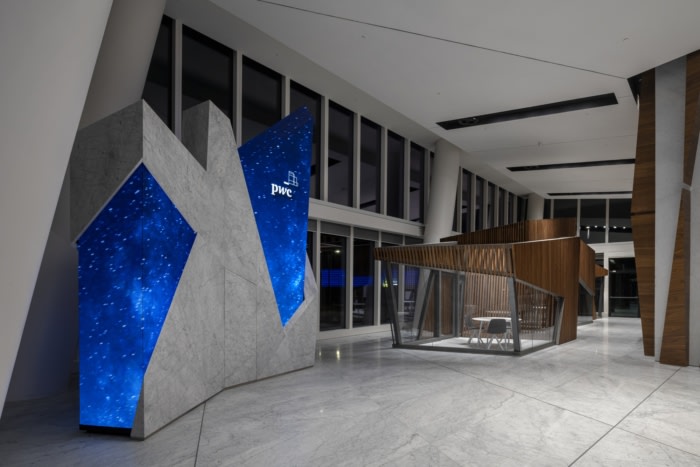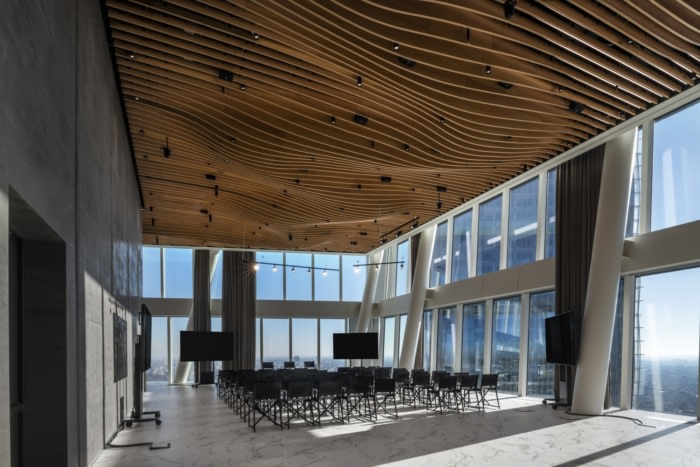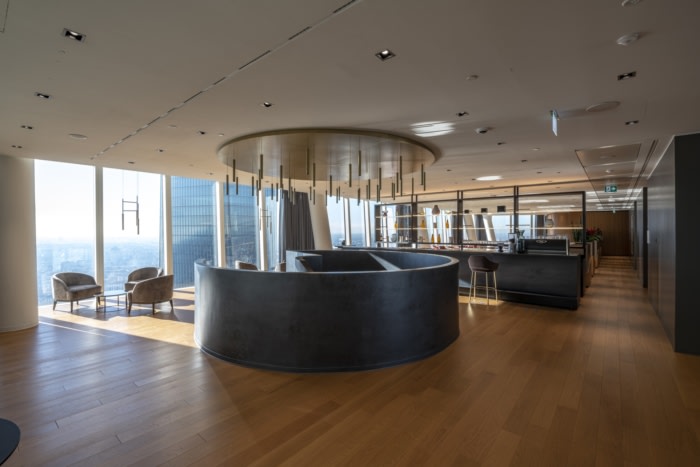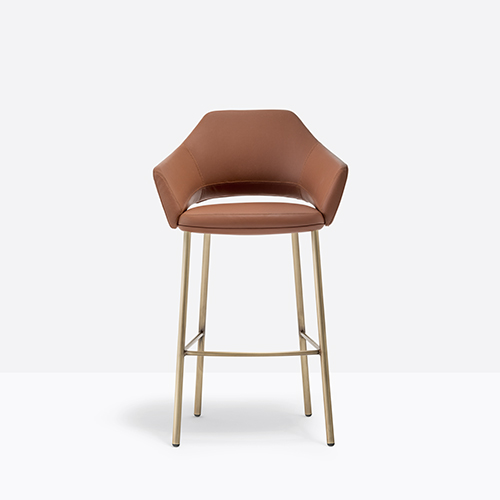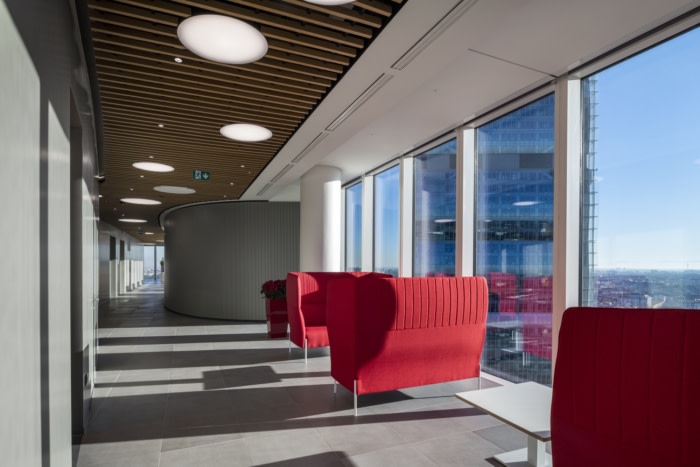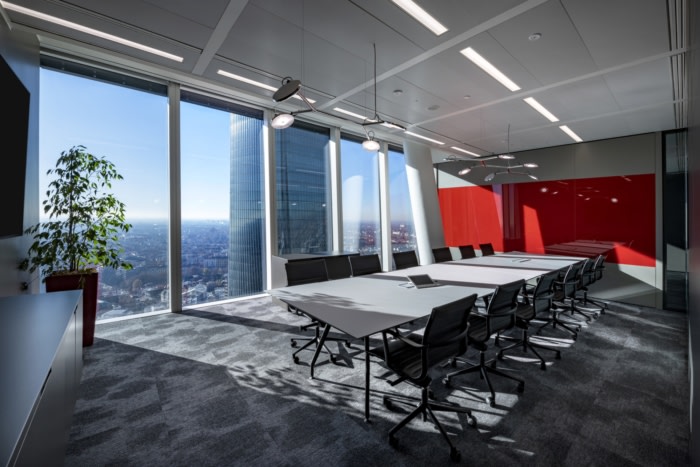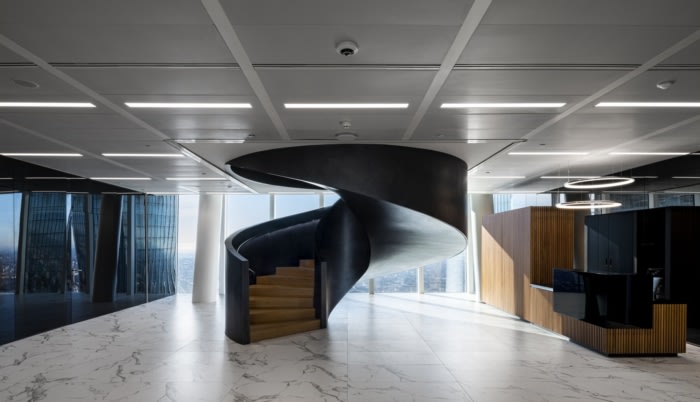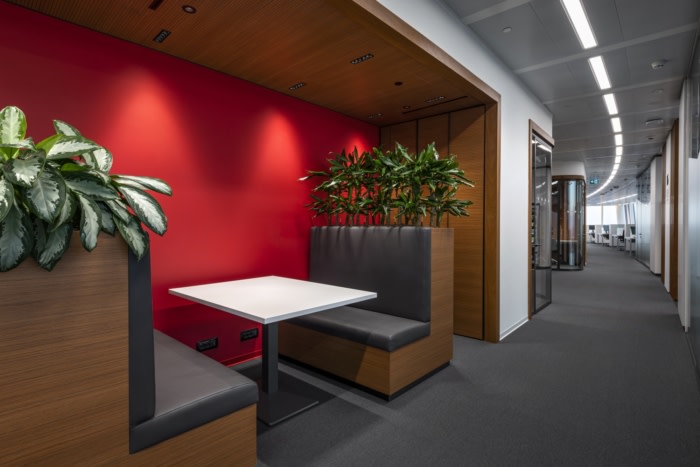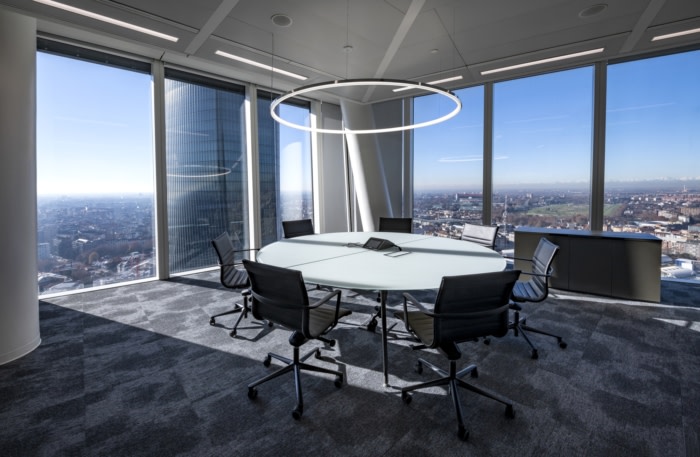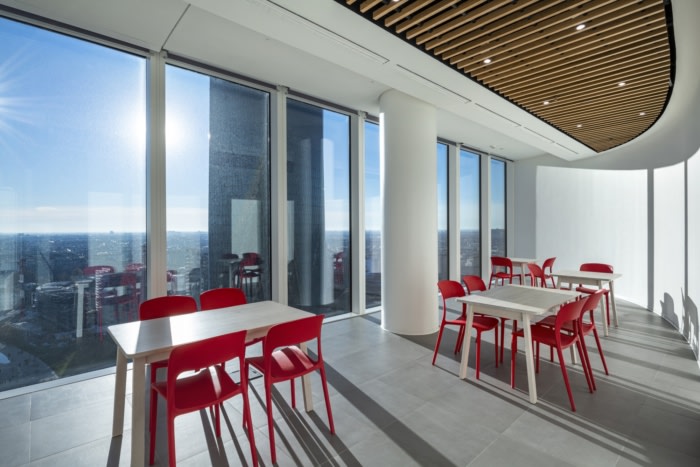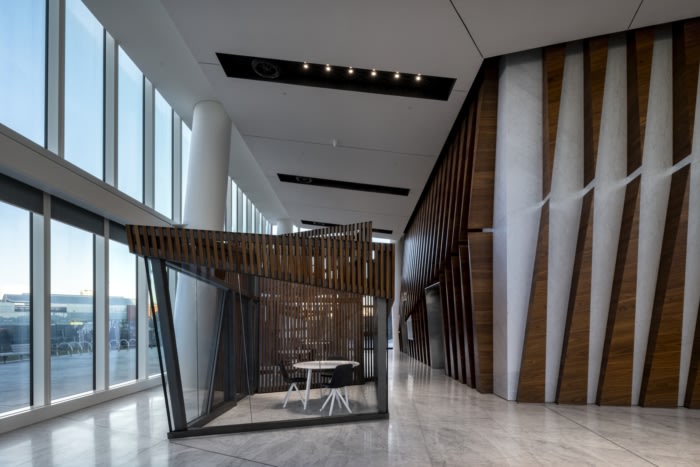
PwC Offices – Milan
Lombardini22 showcased the view alongside dynamic architecture to complete the PwC offices in Milan, Italy.
28 levels, 175.5 metres tall, 44,000 square metres of surface area: the numbers provide a clear insight into the very nature of Libeskind tower, a building symbolising Milan’s urban regeneration process. Inside, the tower effectively combines technology, innovative work models, sustainability, attention to people and quality of life. A distinctly Milanese skyscraper linked to the city’s traditions and iconography. The tower, designed by Daniel Libeskind, curves up gracefully alongside Generali Tower designed by Zaha Hadid and Allianz tower designed by Arata Isozaki in partnership with Andrea Maffei. It is certainly an iconic and eye-catching building that requires a careful approach to custom-designing its interiors and spatial layout.
DEGW, a brand of the Lombardini22 Group specialising in workplace design, shaped the interior spaces to bring together business performance, maximum exploitation of human resources and high quality standards in the selection of furnishing, finishes and design features.
The project for the 28 floors of PwC tower adopts the same approach as the fit-out carried out on neighbouring Allianz Tower, the tallest building in Italy rising up 50 stories for a total surface area of 47,000 square metres. DEGW’s design simplifies all the complex networks and processes required to create a truly efficient vertical city requiring utilities, instantaneous flows and flexible/stylish spaces.
The new headquarters in Milan is more than just a physical space, it is a space fostering a new way of working built around the specific needs of the various business teams. The shaping and structures of the tower’s spaces embodies an open, dynamic and cooperative way of working designed to encourage the exchanging of ideas and projects. An engine for corporate growth and a means of boosting the wealth of skills in the company.
PwC’s design is based around a process of listening to the needs of its workers that began with a survey carried out by DEGW involving people at all levels. This revealed that people wanted spaces consistent with a constantly evolving business vision. The tower was designed to cater for the most advanced concepts and most innovative technologies in terms of security. Being located in an area full of people-oriented services and very efficient from a transport and logistics point of view, it complies fully with corporate welfare strategies.
The layout of the interior spaces also brings about a profound change in the relationship with the client, who is welcomed into modern and innovative spaces that help promote better business relations, interaction and confrontation.
DEGW’s work method is based on studying the organisational needs (number of people, work requirements, types of business operations, special areas, customer relations), which help shape the building design (planning grid, floor depth, size and number of floors, corridors and circulation).
The starting point of the project was a careful analysis of the distinctive features of the tower as an object: a living organism, a symbol of dynamism, a means of stirring the imagination and facing the future. DEGW enhanced its positive traits such as visibility, recognisability and representativeness. It also paid due attention to its most critical feature: density, the flow of people moving around in converging time slots (most notably, the lunch break).
The building is set up with miscellaneous high-rise/low-rise vertical connections. Mobility and optimisation underscore all the interior design work carried out by DEGW.The tower’s interiors featuring special spaces and two congress centres exemplify an organisational culture promoting sharing. PwC Tower was built with state-of-the-art features in the realm of next-generation workplace design combining spatial efficiency with a focus on sustainability and the well-being of its workers.
Design: Lombardini22
Photography: Dario & Carlos Tettamanzi
